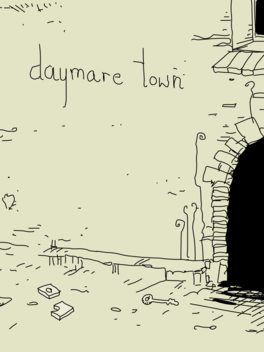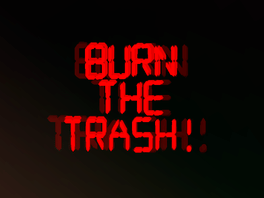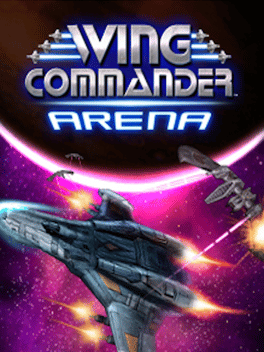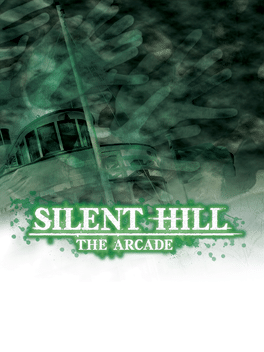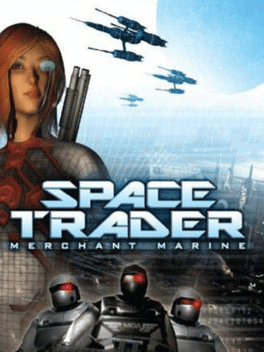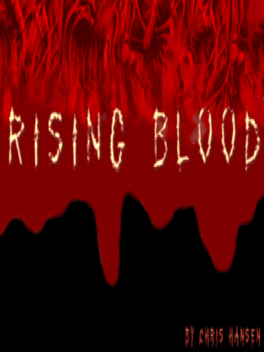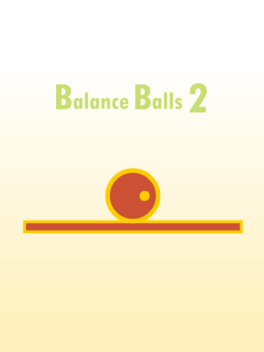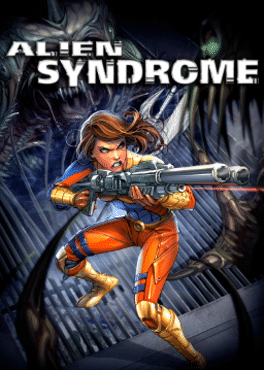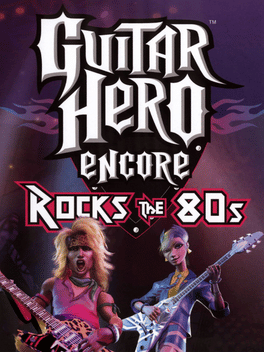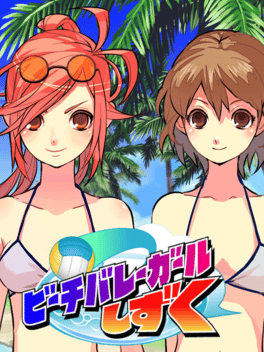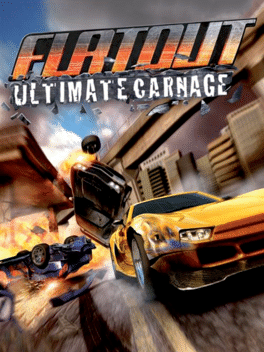New Games - Page 10109
-
The World Ends with You
2007
star 8.3In the game, Neku Sakuraba and his allies are forced to participate in a game that will determine their fate. The battle system uses many of the unique features of the Nintendo DS, including combat that takes place on both screens, and attacks performed by certain motions on the touchscreen or by shouting into the microphone. Elements of Japanese youth culture, such as fashion, food, and cell phones, are key aspects of the missions. -
Daymare Town
2007
-
Super Contra
2007
Super Contra
2007
A port of the Arcade version of Super Contra for the Xbox Live Arcade. Celebrating the 20th anniversary of Contra, this newly updated version of Super Contra features enhanced graphics, HD support, and Co-op multiplayer over Xbox LIVE. Help Lance and Bill stop Red Falcon before they take over the world. The Alien Wars are coming... do you have what it takes to defend earth? -
Burn the Trash!
2007
Burn the Trash!
2007
Burn the Trash! is a shooting game played on a single screen, where the player controls a spaceship, fighting wave after wave of "trash" enemies along with the occasional boss. The "trash" shoots bullets that the player's ship must avoid, lest it be destroyed. To fight the enemies, the player's ship has a flamethrower installed, along with a beam which disintegrates bullets in its path. -
Sally's Salon
2007
Sally's Salon
2007
star 8Sally's Salon asks players to help Sally fulfill her dream of opening the most fabulous hair and beauty salon in the world. -
Wing Commander Arena
2007
Wing Commander Arena
2007
star 3Single Player, Xbox Live Multiplayer 1-8, HD (High Definition). Wing Commander is back with an all-new game for Xbox Live Arcade. Form a squad and destroy enemy armadas as you climb the leaderboard. Featuring four modes of gameplay, nine maps, and the first 16-player action on Xbox Live Arcade, Wing Commander Arena is the perfect mix of classic arcade fun and modern multiplayer chaos. -
Silent Hill: The Arcade
2007
star 5Silent Hill: The Arcade is an arcade game based on the Silent Hill series. Being a rail shooter, the game is a large departure from the normal survival horror mechanics. Gameplay is similar to the House of the Dead series in which players use light guns to aim and shoot at enemies. Shooting away from the screen reloads the player's gun. The Arcade has a multiplayer element, a second player can join the game at any time. -
Space Trader
2007
Space Trader
2007
In the far future, humanity is ruled by The Ministry of Accounts, an oppressive bureaucracy that tracks, records and taxes every transaction of daily life. A new breed of marketeer arises to challenge the authority and make a profit: the Space Trader is born! As a Trader, you will attempt to amass a fortune, buying and selling commodities and taking up arms against the oppressors or even accepting bounty missions. -
Rising Blood
2007
Rising Blood
2007
This is a remake of one of Chris Hansen's really early levels. He always considered it as his first really good level and felt that it needed a revival. -
Balance Balls 2
2007
-
Kongregate Chat
2007
Kongregate Chat
2007
A simple dodging game built primarily for the purpose of utilizing Kongregate's chatroom feature. -
Madden NFL 08
2007
-
State of War 2: Arcon
2007
A sequel to State of War, developed by Cypron Studios, published by Akella and Cinemax. The game was released internationally in 2007. -
Alien Syndrome
2007
Alien Syndrome
2007
star 5.1This 2007 remake was styled as hack and slash RPG much like Diablo and Baldur's Gate: Dark Alliance, but in space! -
Guitar Hero Encore: Rocks the 80s
2007
star 7Guitar Hero Encore: Rocks the 80s (titled Guitar Hero: Rocks the 80s in Europe) is a music rhythm game and the third installment in the popular Guitar Hero series. It was released in July 2007 in North America and Europe, and in August 2007 in Australia. Players use a guitar-shaped controller (purchased separately) to simulate playing rock music by hitting notes as they scroll towards the player. Rocks the 80s is an incremental title in the Guitar Hero series, rather than a full sequel. No changes in gameplay from Guitar Hero II have been introduced to this game. As implied by the game's title, the game features a 1980s theme, consisting of songs from the decade and playable characters, fashions, and artwork that reflect the time period. The game was not as well-received as the prior two Guitar Hero games, due to the lack of new gameplay features and reduced soundtrack. Rocks the 80s is the third and final title in the Guitar Hero series to be developed by Harmonix before they moved on to create Rock Band.[5] The -
Beach Volleyball Girl Shizuku
2007
This two-on-two beach volleyball game has players competing to be the best team possible.The core game is action-based, with a relatively fast pace and special over-the-top super moves for each character. Players can either play in a story mode, where they follow protagonist Shizuku's beach volleyball career, or practice matches against the CPU in a versus mode. A collection mode also lets players dress up the characters in the various swimsuits they've collected. -
Smileys War
2007
Smileys War
2007
Customise your smiley and join the fight in this epic platformer shooting game. Smileys War welcomes you with numerous features and gameplay options. -
NASCAR 08
2007
NASCAR 08
2007
star 5.4NASCAR 08 is the eleventh installment of the EA Sports NASCAR series. It was developed by EA Tiburon and released for PlayStation 2, PlayStation 3 and Xbox 360. This is the earliest that EA has released a NASCAR game. It also marks the first time the original Xbox has been excluded from the NASCAR lineup since NASCAR 2001. Tony Stewart is on the cover marking his third appearance on the cover of an EA Sports NASCAR game. The cover in the PAL region features Juan Pablo Montoya. NASCAR's new Car of Tomorrow as well as the current car are present in the game, although the Car of Tomorrow is generic (no separate manufacturers). ESPN's NASCAR coverage is also integrated into the game. Crew chief dialogue for the PS3 and 360 versions of the game was recorded by Chad Knaus. The Whelen Modified Tour is not included in the PS3 and 360 versions of the game, but is still present in the PS2 version. -
FlatOut: Ultimate Carnage
2007
star 7.9An enhanced version of the PlayStation 2 game FlatOut 2. It increased the number of cars in a race from 8 to 12. It added 5 new single player and 2 new multiplayer modes FlatOut Ultimate Carnage lifts destruction racing to a whole new level of bone-breaking slaughter. FlatOut Ultimate Carnage is arcade destruction racing at its best and most extreme with real world physics, three different game modes and offering players a wide variety of online and offline multiplayer options.


